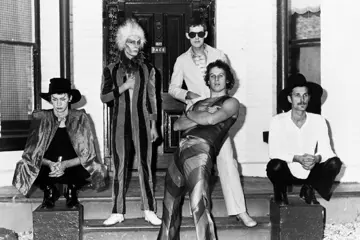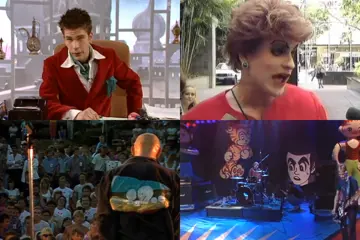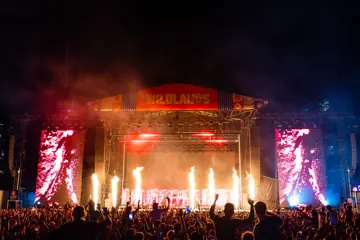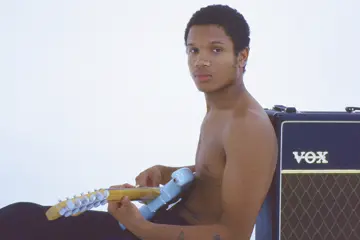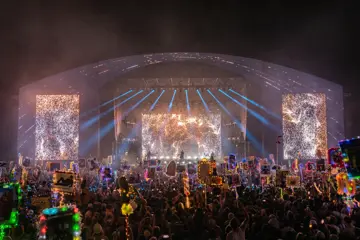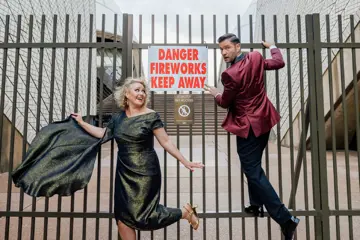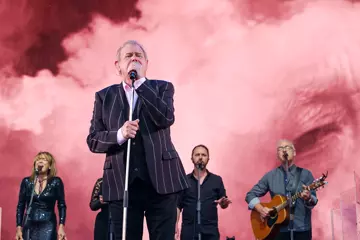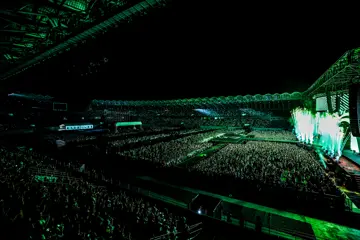For people of colour, the personal is political. In this instance, self-care in the form of art and community is essential to many.
This is reflected as the audience filters into the Roundhouse Theatre. The performers - Aurora Liddle-Christie, Anisa Nandaula, Naavi Karan, Nima Doostkhah, Cieavash Arean, Amer Joseph Thabet, and Matt Hsu - greet the audience with a hello, a smile, and a question: what do you enjoy about your neighbourhood?
The Neighbourhood is an anthological story-telling experience that explores the lives of seven people with different backgrounds and lived experiences. The performers ask the audience to meet them at their intersections as they interact with one another’s stories, lifting one another up. Each performer played into their craft, using their art to tell their stories in their own ways: music, rap, dance, acting, poetry.
Hsu and Arean led the music throughout the show, using instruments that Arean called “weapons of mass destruction.” It is obvious that music is a deeply personal mode of communication for Hsu and Arean in the way they perform their music live, the way they and their fellow performers interact with the sounds, and in their stories themselves. Often within their narratives, words were unnecessary.
Karan also limited their use of language, choosing to speak mostly through dance. When words were used, they only served to add flavour to the storytelling. Thabet acted out violent scenes in his first language, which fuelled the fast-paced nature of his scenes. Nandaula pumped out powerful slam poems that highlighted her ability as an actor and performer herself. Liddle-Christie commanded the stage with her acting, spoken word and singing, and Doostkhah set the stage alight with his raps.
Don't miss a beat with our FREE daily newsletter
The use of props was minimal, the main prop being the detachable stage and the performers themselves, and the light-to-dark tones of the lighting added. The stage, like the stories within the show, flowed in a circular rhythm. The build-up of an idyllic neighbourhood, the breaking down of the façade, the slow regeneration, to the rebuilding of the idyllic neighbourhood: an idyllic Australia. The performers moved the stage around, pulling it apart, fragmenting it, manipulating it with their own bodies. As the stage came back together, so did the performers, as if finding common ground.
This show takes its audience on a journey that crosses gender, culture, diaspora, faith, and generations. The performers open their doors and invite the audience in, trusting them with their stories. That is why The Neighbourhood, with its interdisciplinary artforms and community-centred engagement, is an act of self-care, self-love and, in a world rife with xenophobia, resistance.

